Absolutely! Minor scratches, especially those limited to the clear coat, can often be repaired at home with the right tools and techniques. Deeper scratches may require professional help, but many can be improved DIY.
Car scratches can be a real eyesore. Whether they’re from an accidental brush with a branch or a stray shopping cart, scratches can detract from your car’s appearance and even impact its resale value. But here’s the good news: fixing minor car scratches doesn’t always require a visit to the auto body shop. With the right tools and techniques, you can handle most car scratch repair at home and get your vehicle looking great again.
In this guide, we’ll walk you through practical, easy-to-follow steps for repairing car scratches. We’ll cover the best products for DIY scratch repair, share essential prevention tips, and answer common questions to help you restore your car’s paint and keep it looking pristine.
1. Assess the Damage First
Before jumping into the repair, determine the type and depth of the scratch. Not all scratches are the same—some are just surface-level (affecting only the clear coat), while others are deeper, going through to the paint layer or even the primer. Here’s a quick test: run your fingernail across the scratch. If your nail catches, the scratch is likely deep and may need touch-up paint or filler. Light surface scratches can usually be fixed with a simple polish or scratch remover.
2. Gather Your Supplies
To get started, gather the necessary tools and supplies. Here’s what you’ll need:
- Microfiber cloths (essential for gentle application and polishing)
- Sandpaper (1000 to 3000 grit, depending on the scratch depth)
- Car scratch remover or rubbing compound
- Touch-up paint (for deep scratches)
- Clear coat spray (for sealing the paint)
- Car polish and wax
You can find DIY car scratch repair kits online or at most auto parts stores, which typically include a few of these essentials.
3. Clean the Area Thoroughly
Before repairing any scratch, it’s crucial to remove any dirt, dust, or debris from the area. Start by washing the scratched area with soap and water, then dry it with a clean microfiber cloth. For a more thorough clean, consider using a clay bar, which removes any embedded dirt particles. Cleaning the area ensures that dirt won’t interfere with the repair process, giving you a better finish.
4. Buff Out Surface Scratches with a Scratch Remover
If the scratch is only in the clear coat, a scratch remover can be very effective. Here’s how to use it:
- Apply a small amount of scratch remover to a clean, dry microfiber cloth.
- Rub the product into the scratch in circular motions with gentle pressure.
- Continue buffing until the scratch begins to fade.
- Wipe away any excess product with a fresh microfiber cloth.
Repeat the process as needed until the scratch is significantly less visible. Scratch removers work best on superficial scratches in the clear coat, and they’re a simple fix for minor blemishes.
5. Use Sandpaper for Deeper Scratches
For scratches that go deeper than the clear coat but don’t quite reach the metal, you may need sandpaper:
- Start with 1000-grit sandpaper and gently sand the scratched area. Keep the sandpaper wet for a smoother finish.
- Sand in small, gentle motions to avoid damaging the surrounding paint.
- Gradually switch to finer grit sandpaper, like 2000 or 3000, to smooth the surface.
Be careful not to over-sand, as this could further damage the paint. After sanding, clean the area with a microfiber cloth to remove dust and debris.
6. Apply Touch-Up Paint if Necessary
If the scratch has reached the primer or metal layer, you’ll need to apply touch-up paint:
- Find a touch-up paint that matches your car’s color. Most cars have a paint code listed on a sticker inside the door frame or in the engine bay.
- Using a fine brush, apply a small amount of touch-up paint to the scratch. Be careful to stay within the scratch line for a seamless look.
- Allow the paint to dry completely before applying a clear coat.
Touch-up paint helps prevent rust and protects the metal underneath, offering a long-term solution for deeper scratches.
7. Use Clear Coat for a Lasting Finish
Once the touch-up paint is dry, apply a thin layer of clear coat to seal in the color and protect the repair. Clear coat adds shine and provides a protective barrier that keeps the paint looking fresh. Apply the clear coat in thin, even layers and let it dry fully before moving on to the next step.
8. Polish the Area
After the paint and clear coat have dried, polish the area to achieve a smooth, glossy finish:
- Apply a small amount of car polish to a microfiber cloth.
- Buff the polished area in gentle, circular motions.
- Continue polishing until the area blends in with the surrounding paint.
Polishing smooths out any minor imperfections and gives your car’s paint a professional look.
9. Wax for Extra Protection
Waxing is the final step to ensure your repair lasts and to add extra shine to your car’s paint. Wax creates a protective layer, making it harder for dirt, moisture, and future scratches to damage the paint. Apply car wax to the repaired area (or the entire car) and buff it with a microfiber cloth until you achieve a brilliant shine.
10. Prevention Tips for Future Scratches
Preventing car scratches can save you time and hassle. Here are some useful tips:
- Park Carefully: Park away from other cars when possible to reduce the risk of dings.
- Avoid Bushes and Trees: Try not to park near bushes or overgrown trees, as branches can easily scratch your paint.
- Regular Wash and Wax: Keeping your car clean and waxed reduces the risk of damage and provides a protective barrier.
With these preventive steps, you’ll keep your car looking great and reduce the need for future repairs.
For more tips on maintaining your vehicle and prolonging its lifespan, visit Noble Quote’s Learning Center for helpful resources on car care, extended warranties, and more.
Car Scratch Repair FAQs: Your Questions Answered
Can I really fix car scratches myself?
What's the best way to remove light scratches from my car?
For light scratches, start with thorough cleaning and drying. Then, use a polishing compound or scratch remover product, following the instructions carefully. Finish with a coat of wax for protection.
How do I fix deeper scratches that go through the paint?
Deeper scratches require more involved steps, including sanding, priming, applying touch-up paint, and clear coating. This process takes more time and precision, but it can be done at home with patience and the right supplies.
What kind of sandpaper should I use on car scratches?
Start with fine-grit sandpaper (around 2000-grit) for initial sanding. If needed, progressively move to finer grits (3000-grit or higher) for a smoother finish.
Where can I find the right touch-up paint for my car?
Your car's paint code is usually found in the owner's manual or on a sticker inside the driver's side doorjamb. Use this code to order touch-up paint online or from an auto parts store.
Can I use toothpaste to remove car scratches?
While toothpaste is sometimes suggested as a home remedy, it's not a reliable solution. Toothpaste might temporarily mask very minor imperfections, but it won't fix actual scratches and could even cause further damage.
When should I seek professional help for car scratch repair?
If the scratch is very deep, exposes bare metal, or you're uncomfortable with DIY repair, it's best to consult a professional auto body shop. They have the expertise and tools for more complex repairs.
Suggestions for you
Read MoreLet’s work together
Every week we showcase three charitable organizations that our donations are sent to. Our clients are able to choose which of these three will receive their gift when they add coverage to their vehicle...


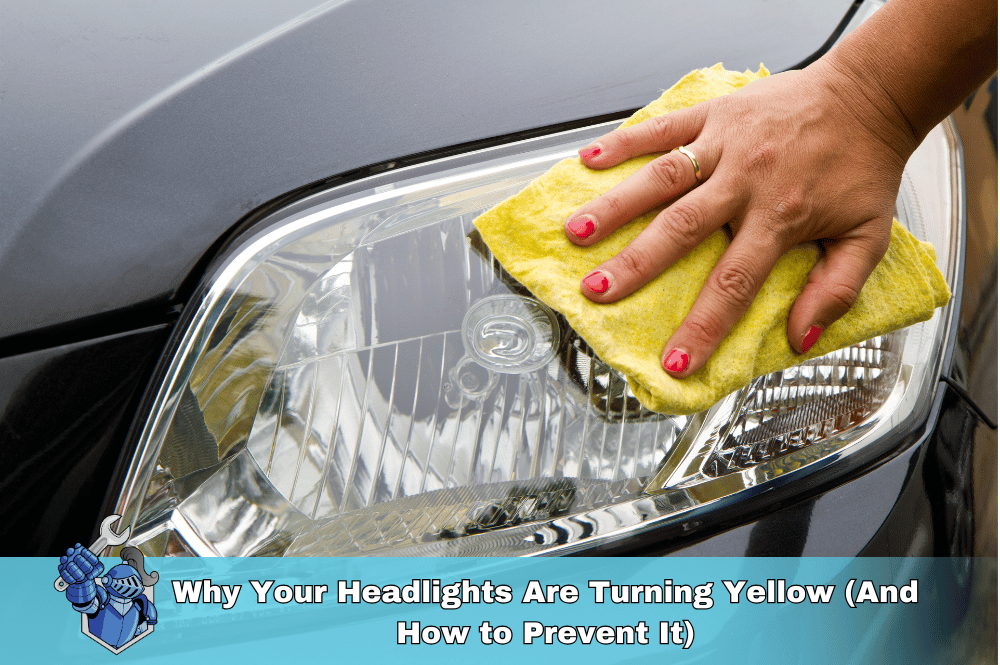 Why Your Headlights Are Turning Yellow (And How to Prevent It)
Why Your Headlights Are Turning Yellow (And How to Prevent It) The Car Repair Lottery: Are You Feeling Lucky?
The Car Repair Lottery: Are You Feeling Lucky? Extended Warranty Secrets: Unlocking Surprising Perks You Didn’t Know Existed!
Extended Warranty Secrets: Unlocking Surprising Perks You Didn’t Know Existed! Looking for the Perfect Gift for a Car Enthusiast? Try These 10 Puzzles
Looking for the Perfect Gift for a Car Enthusiast? Try These 10 Puzzles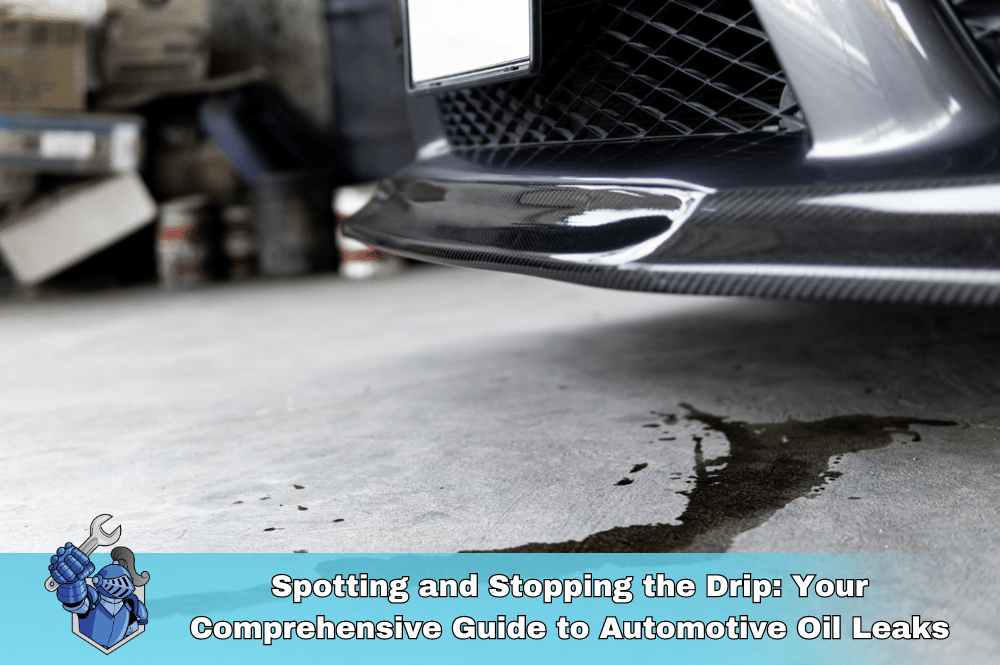 Spotting and Stopping the Drip: Your Comprehensive Guide to Automotive Oil Leaks
Spotting and Stopping the Drip: Your Comprehensive Guide to Automotive Oil Leaks How Many Miles Can an Engine Really Last? The Definitive Guide
How Many Miles Can an Engine Really Last? The Definitive Guide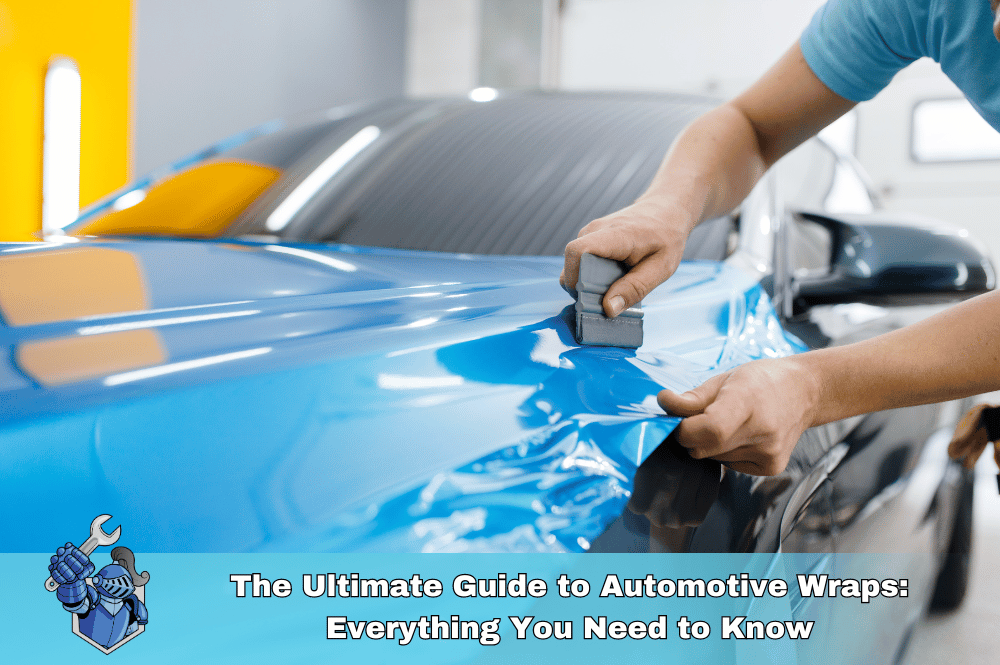 The Ultimate Guide to Automotive Wraps: Everything You Need to Know
The Ultimate Guide to Automotive Wraps: Everything You Need to Know Dealer vs. Local Mechanic: Where Should You Take Your Car for Repairs?
Dealer vs. Local Mechanic: Where Should You Take Your Car for Repairs?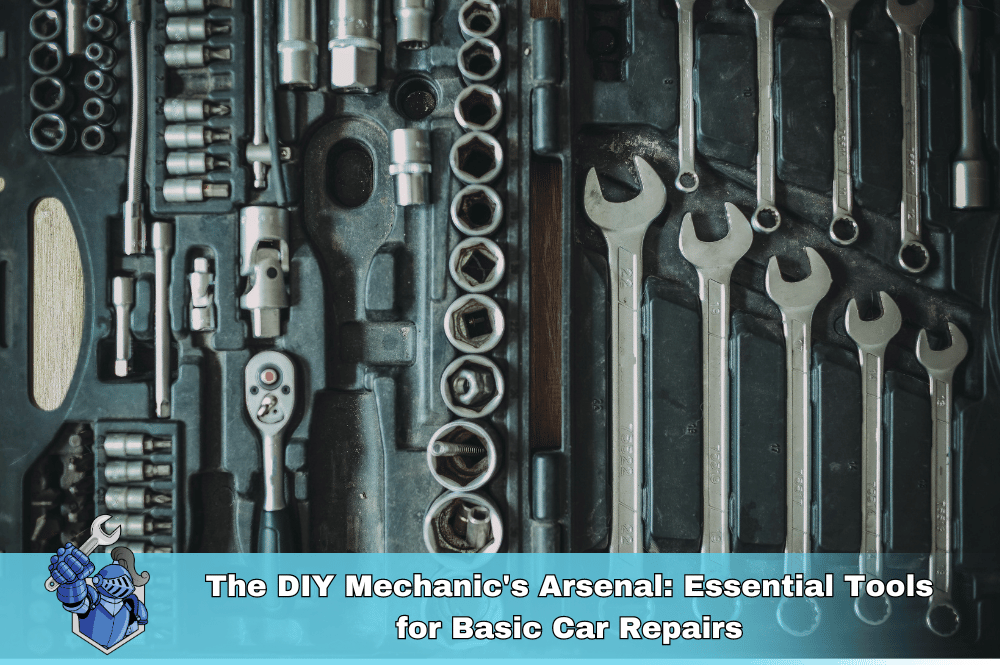 The DIY Mechanic's Arsenal: Essential Tools for Basic Car Repairs
The DIY Mechanic's Arsenal: Essential Tools for Basic Car Repairs Stranded on the Sidelines: Your Essential Guide to Roadside Breakdowns & Staying Safe
Stranded on the Sidelines: Your Essential Guide to Roadside Breakdowns & Staying Safe How to Replace Your Car Key Battery Tips Costs and More
How to Replace Your Car Key Battery Tips Costs and More The Essential Guide to Car Maintenance: How to Keep Your Vehicle Running Smoothly
The Essential Guide to Car Maintenance: How to Keep Your Vehicle Running Smoothly Top 5 Reasons Your Transmission May Be Failing: Expert Tips and Solutions
Top 5 Reasons Your Transmission May Be Failing: Expert Tips and Solutions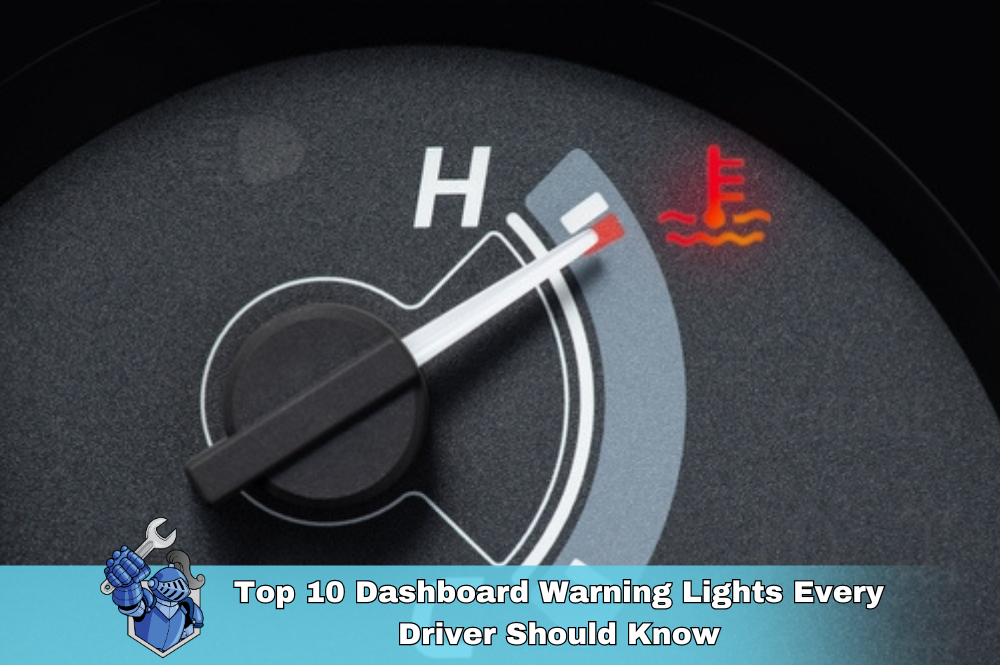 Top 10 Dashboard Warning Lights Every Driver Should Know
Top 10 Dashboard Warning Lights Every Driver Should Know The Ultimate Guide to Motor Oil: Types, Benefits, and How to Change It
The Ultimate Guide to Motor Oil: Types, Benefits, and How to Change It

